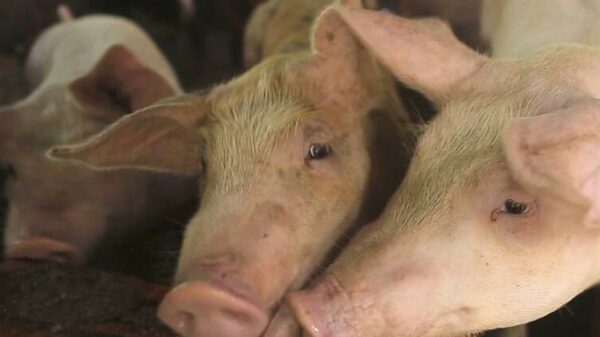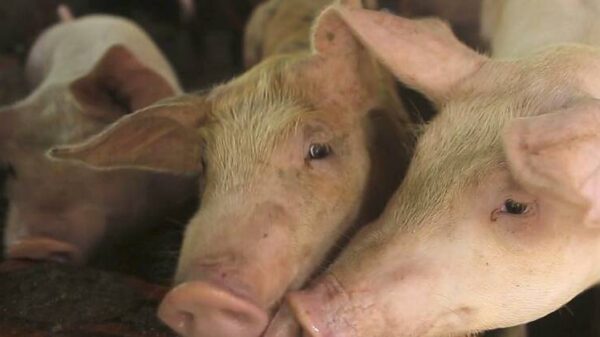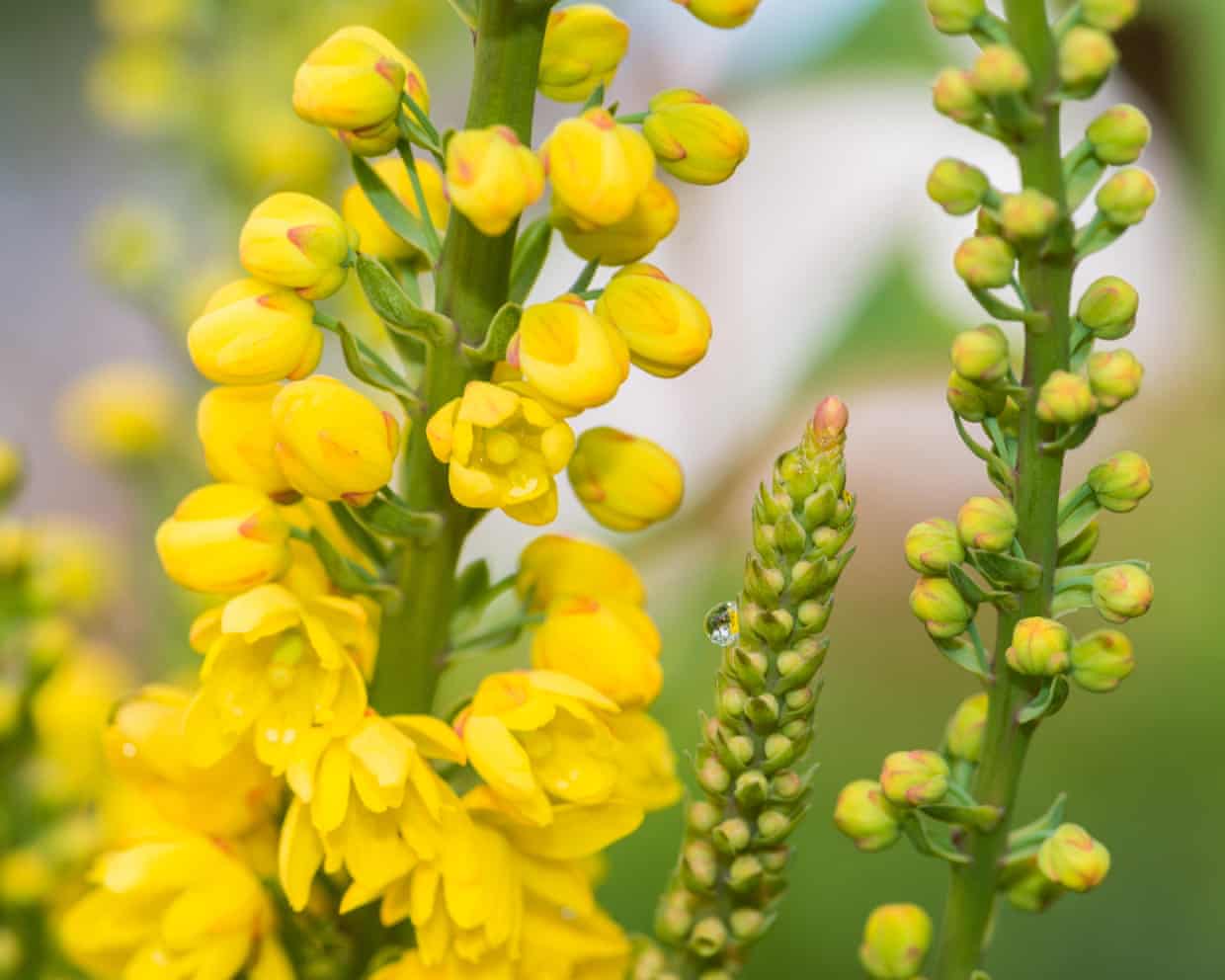Flowers exhibit intricate and surprising behaviors aimed at maximizing their reproductive success, particularly through the actions of their male reproductive parts, the stamens. Recent studies highlight how hundreds of plant species utilize touch-sensitive stamen movements to enhance pollination efficiency. By cleverly interacting with visiting insects, these flowers ensure they do not waste their valuable resources, such as nectar and pollen.
In the case of the Berberis and Mahonia flowers, their stamens engage in a unique behavior when pollinators arrive. As insects approach to feed on nectar, the stamens bend and spring back, releasing a cloud of pollen that lands directly on the insect’s face or tongue. This sudden and unwelcome contact often startles the insect, prompting it to make only a brief stop. As a result, the flower conserves its nectar and pollen, while the insect inadvertently transfers pollen to other flowers, facilitating cross-pollination.
Dynamic Strategies of Orchid and Triggerplants
Orchids, particularly the species known as Catasetum, employ even more aggressive tactics. When an insect lands on these flowers, it is met with a rapid and forceful release of sticky pollen bags. These bags shoot out with such speed that they can knock the insect away, effectively adhering the pollen to the insect’s body. This strategy not only ensures that the pollen is transported to other flowers but also maximizes the chances of successful fertilization.
Another fascinating example can be found in the Stylidium or triggerplants of Australia. These flowers possess a club-shaped organ that, upon being touched, swings through an impressive 180 degrees in approximately 10 milliseconds. This swift motion strikes the visiting insect with pollen while simultaneously collecting any pollen the insect may already carry. The mechanism resets quickly, preparing for the next pollinator, demonstrating an extraordinary evolutionary adaptation for effective reproduction.
These intriguing behaviors illustrate the complex relationship between flowers and their pollinators. By employing touch-sensitive movements, flowers not only enhance their chances of successful pollination but also contribute to broader ecological dynamics. Understanding these interactions helps highlight the importance of plant-pollinator relationships and their role in maintaining biodiversity.
Research into these remarkable adaptations continues to shed light on the intricate mechanisms of nature, emphasizing the importance of conservation efforts to protect these vital ecosystems. As scientists delve deeper into the world of plant behavior, the intricate strategies employed by flowers like Berberis, Mahonia, Catasetum, and Stylidium reveal a fascinating glimpse into the evolutionary arms race between plants and their pollinators.































































